We took a trip to Taiwan and China in June 2019. Like most of our trips, I began writing about it shortly after. However, I got distracted somehow and never gotten around to finish it. Over a year later, picking this project back up is providing me with a nice boost of vacation memories while home-bound under COVID.
What comes to mind when you hear about traditional Asian clothing? Kimono? Sari?
In Japan, we know Wafufu 和服 (including what English-speaking people refer to as Kimono) is commonly worn during special occasions and holidays. In Korea, Hanbok 韓服 is similarly seen at weddings and birthday parties. I don’t know either culture well enough to compare the traditions, but I’ve been told that a lot of people from both countries have at least one such outfit in the closet for important ocassions.

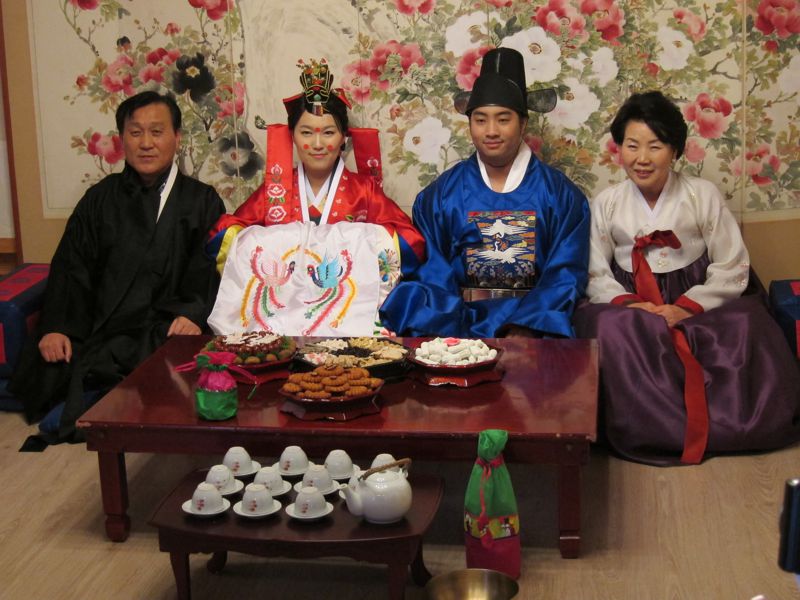
In contrast to these East Asian neighbors, it’s been bothering me for a while that the modern Chinese society does not embrace our own cultural outfit. Yes there’s the Qi Pao 旗袍 (Cheongsam 長衫 in Cantonese) that our moms and grandmas wore to their weddings, but it doesn’t quite cut it for me because (1) its applicability and acceptance is far more limited; for example I’ve never in my life seen a Chinese person wear that to a birthday party or on a holiday; (2) it’s customarily a women-only style of choice; the male counterpart had gone extinct in the most recent hundred years; (3) it’s technically a Manchurian outfit, which the Qi in Qi Pao indicates; ethnic Han clothing exists but only in movies.
On this trip, though, I was pleasantly surprised to learn about what I’ve been looking for… the Hanfu 漢服.
The first sighting was in Jin Li, one of the ancient Chinese theme parks. It made sense, I figured, as there were probably businesses that rented costumes for photo ops like those Kimono shops in Kyoto or cheap souvenir Qi Pao in NYC Chinatown. Wouldn’t everyone want to dress up in something pretty, walk around a renovated old town, and bring home some memorable photos?
A couple days into the trip, though, I started doubting my assumption. Random individuals sporting Hanfu were spotted far from tourist attractions, sometimes at odd hours of the day, going about activities that weren’t exactly compatible with photo shoots. It seemed almost as if some people were wearing the outfit… just to wear them!
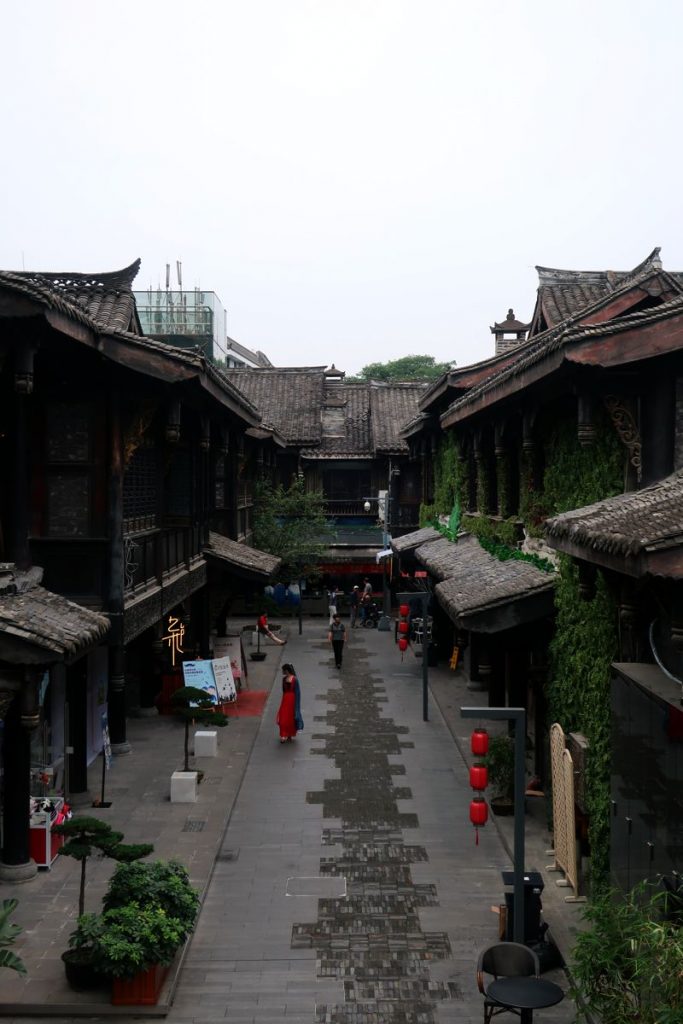
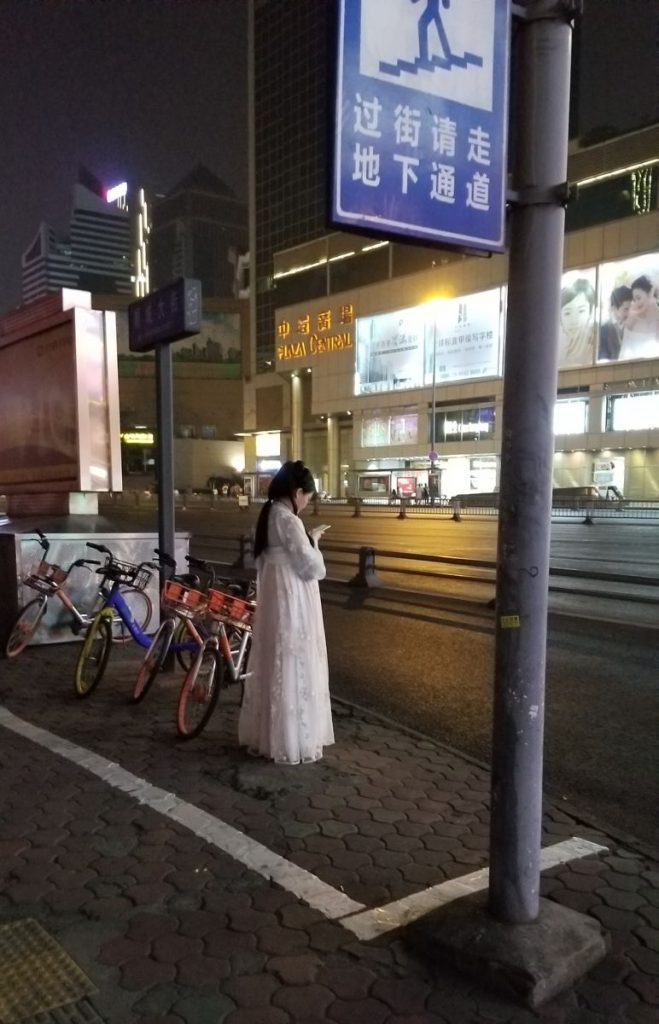
Just like that, a casual vacation in China taught us the term Hanfu. Apparently the Hanfu movement had already been under way for some time, and Chengdu had the largest collection of Hanfu fashion stores. One store worker explained to us that the annual college entrance exam had just taken place so students throughout the country were on summer vacation. Many of them took the opportunity to dress up and de-stress.
We were so inspired and decided to join the movement. Hong and I found a store in Chongqing’s Hong Ya Dong and each picked up an outfit. Later on we also bought one for each of the kids. We look forward to further embracing our own culture when we can.
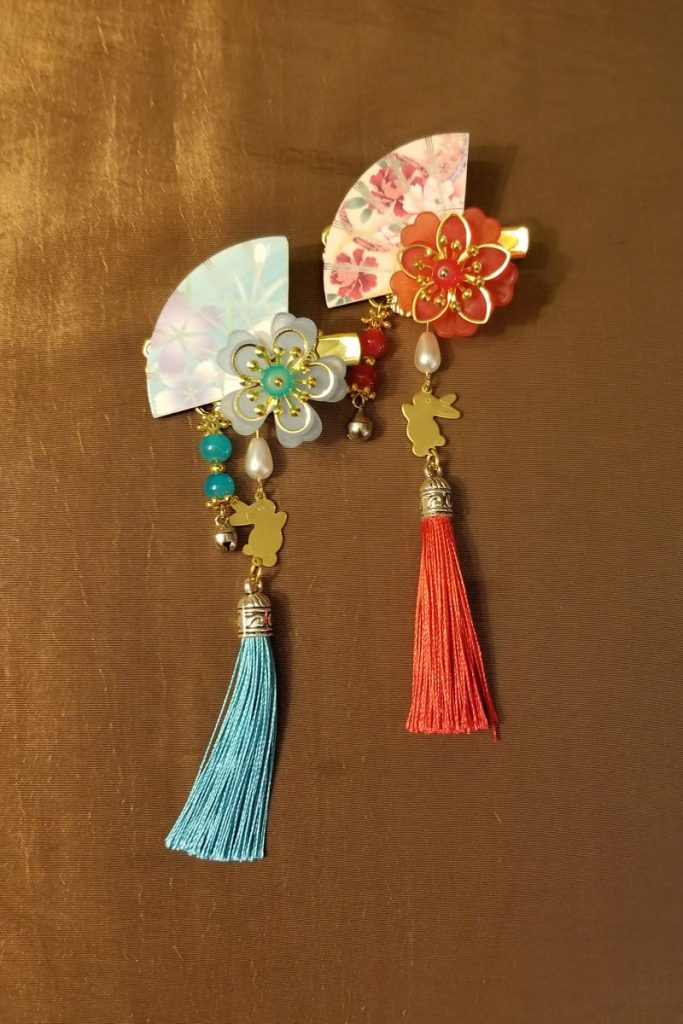
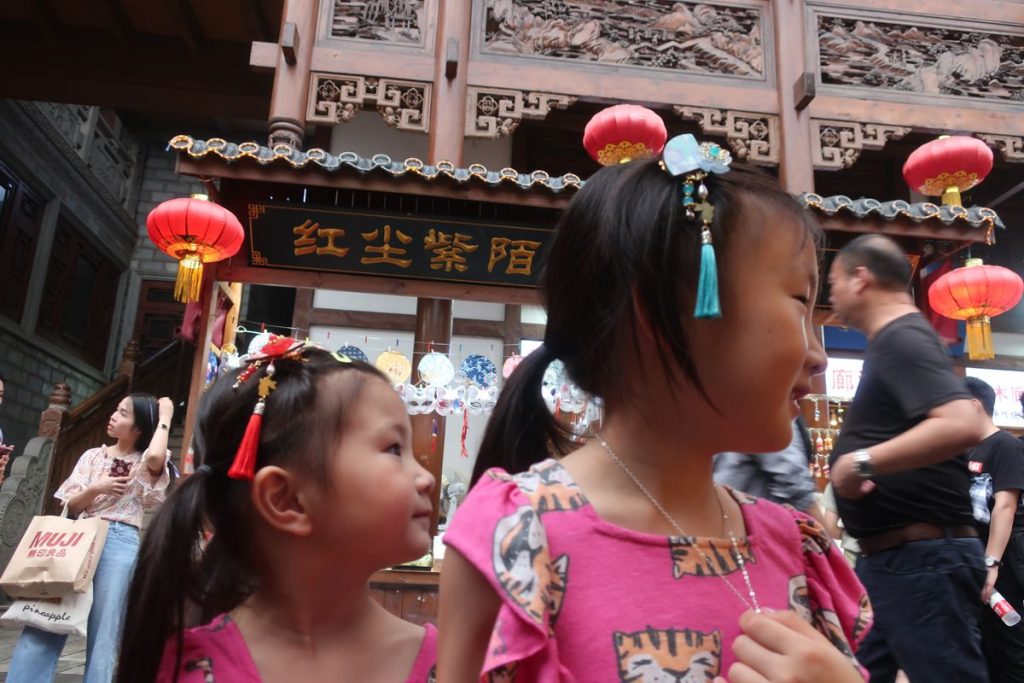
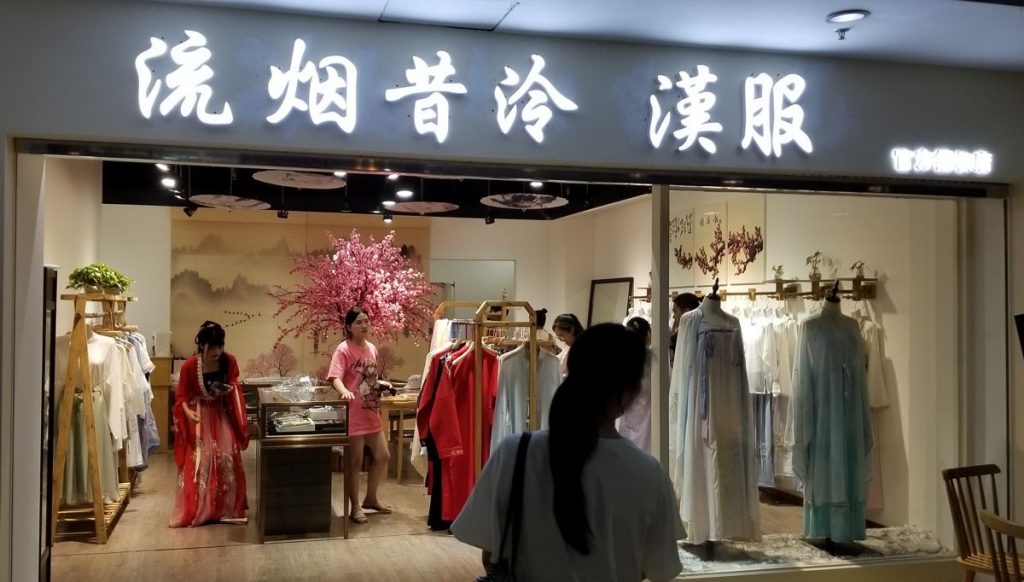
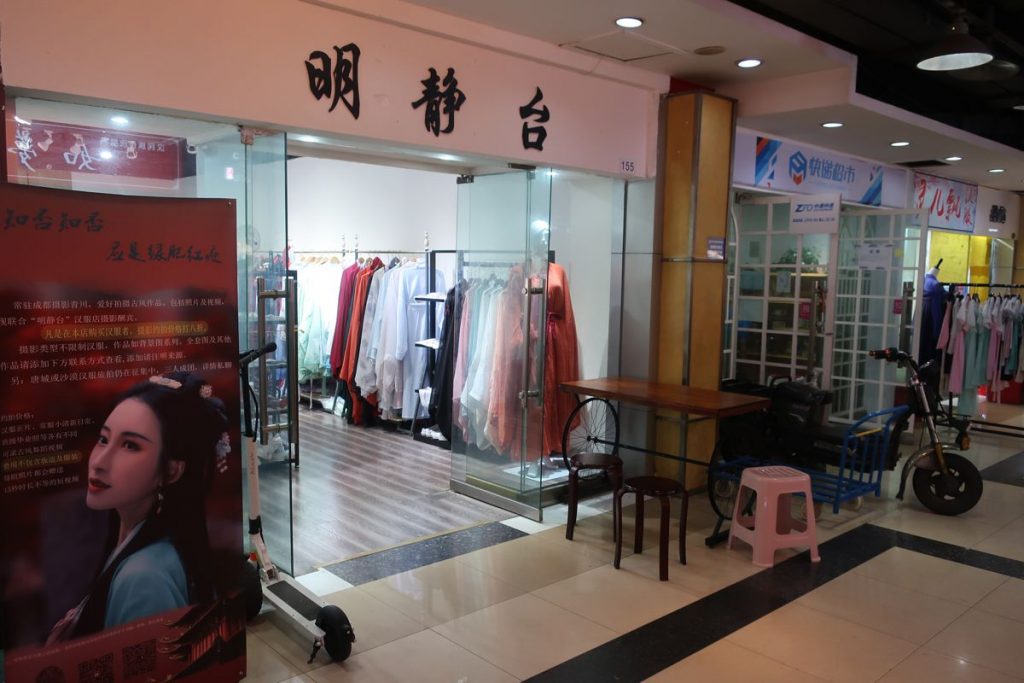
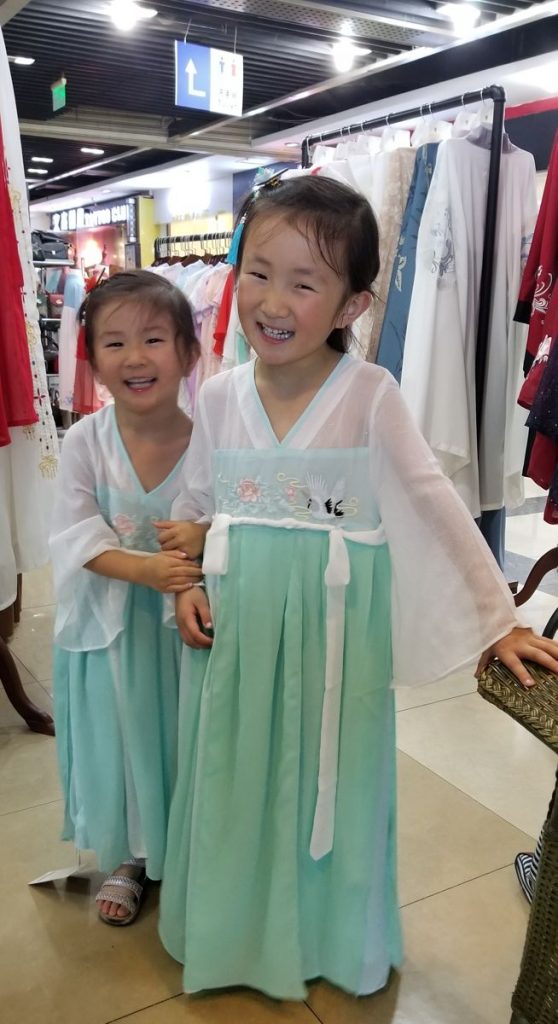

The least fitting thing in the photo above, aside from the kids’ bare feet, was my hair. Chinese men just never wore short hair until the most recent hundred years. Well guess what? We are deep in a pandemic and I have not cut my hair in over half a year. If I keep growing it out, I’ll be able to get an appropriate hairstyle in no time. Stay tuned!
FYI for my future self, saving this link here if I need to look up good stores for more Chinese fashion.
China 2019 index:
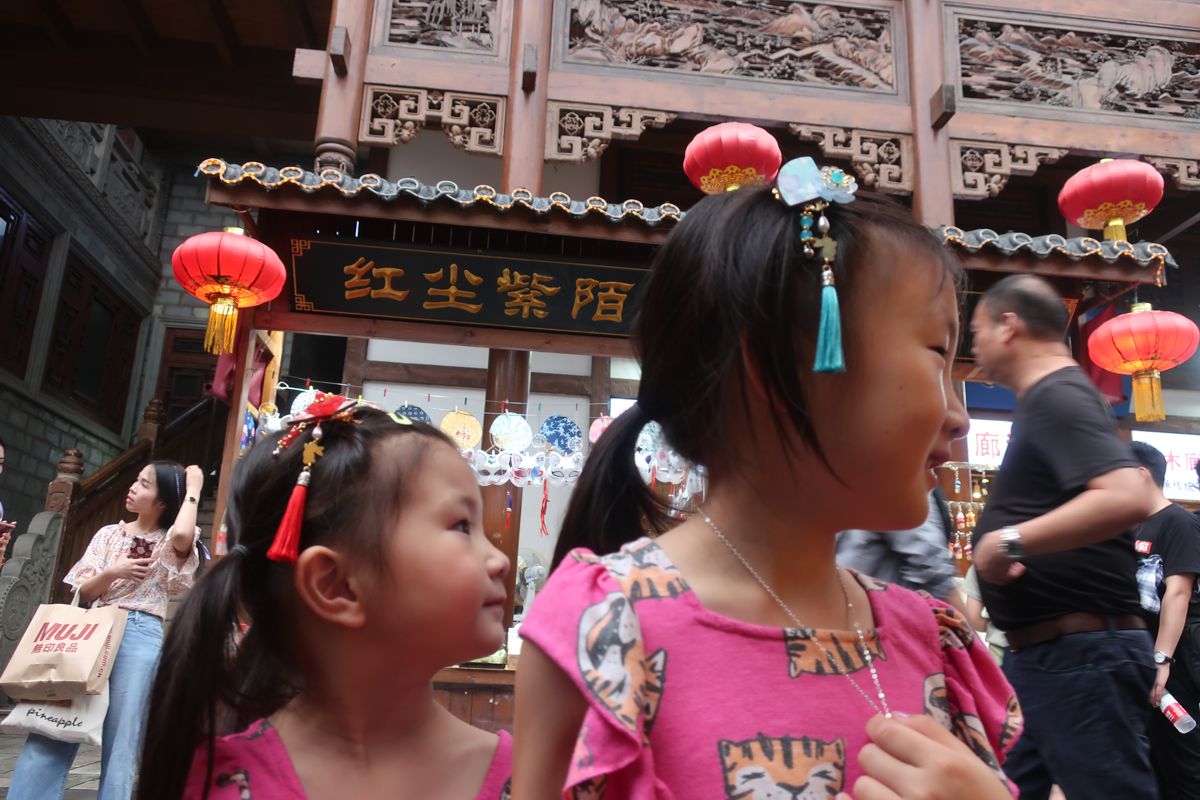
Taiwan 2024 (5/7) – Hanfu – Peter's Blog
April 27, 2024 at 12:57 pm[…] day 4 of our trip, our family dressed up in 漢服 Hanfu for a professional photo […]